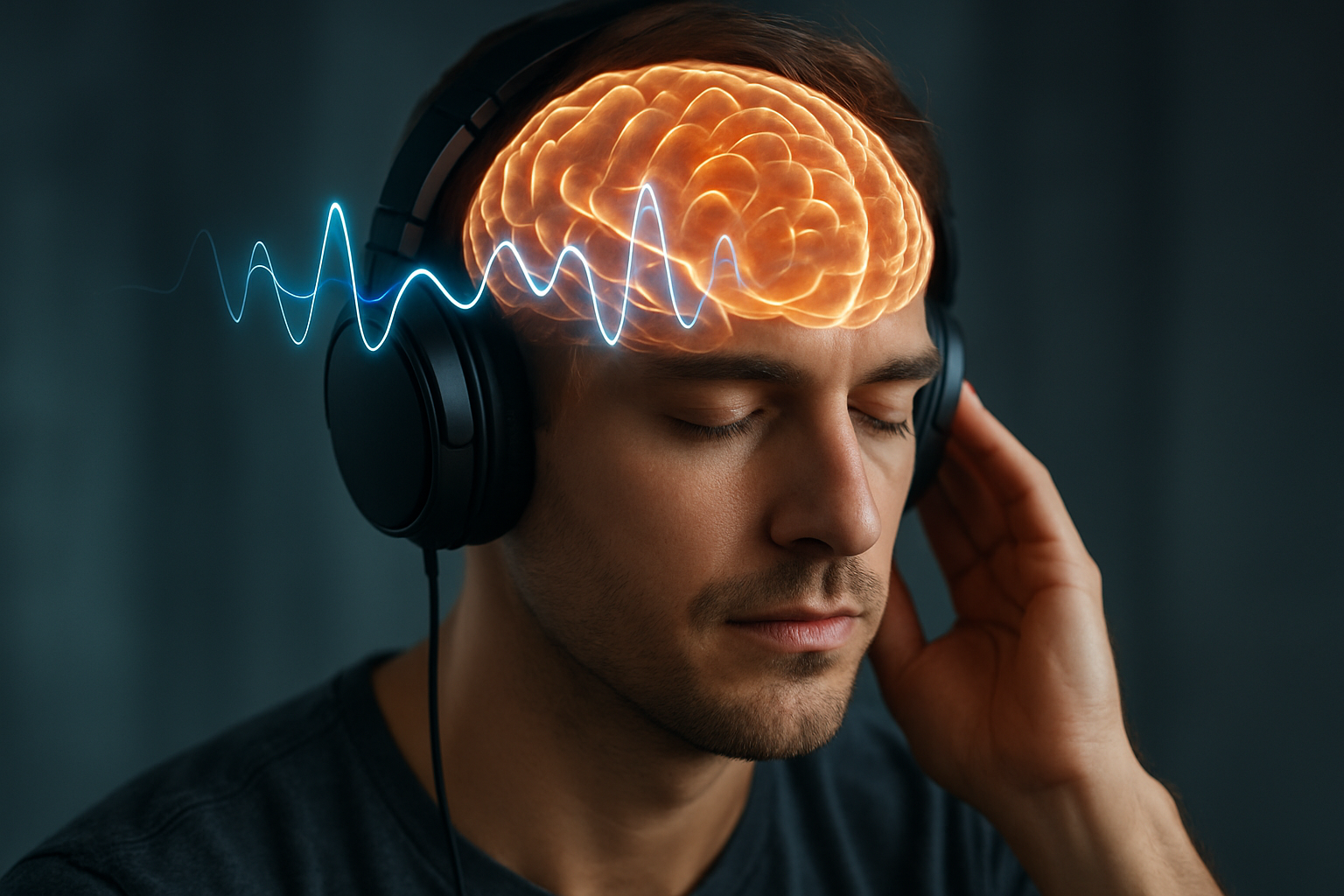Unknown Brain Training Hacks People Are Discovering in 2025
As we advance into 2025, neuroscience research continues to unveil fascinating new approaches to cognitive enhancement. People worldwide are discovering innovative brain training hacks that go beyond traditional puzzles and games, focusing on evidence-based methods that naturally boost mental performance. These emerging techniques combine cutting-edge scientific insights with practical applications that anyone can incorporate into their daily routine.

What Are the Most Effective Brain Training Hacks?
Modern brain training hacks extend far beyond conventional crossword puzzles and sudoku. Recent discoveries highlight the power of dual n-back training, which simultaneously challenges working memory and processing speed. This technique involves remembering sequences of visual and auditory stimuli presented simultaneously, forcing the brain to maintain multiple information streams.
Another breakthrough involves spaced repetition learning combined with interleaving practice. Instead of focusing on one skill at a time, alternating between different cognitive tasks within a single session creates stronger neural pathways. This approach mirrors how the brain naturally processes complex information in real-world scenarios.
Neuroplasticity research has also revealed the effectiveness of cross-dominant exercises, where individuals perform familiar tasks using their non-dominant hand. This simple hack activates dormant neural networks and strengthens connections between brain hemispheres.
Which Memory Improvement Tricks Actually Work?
The most powerful memory improvement tricks discovered recently center around the method of loci combined with emotional anchoring. This ancient technique involves associating information with specific locations in a familiar environment, but modern applications add emotional context to make memories more vivid and lasting.
Visualization techniques have evolved to include multi-sensory integration. Rather than simply creating mental images, effective memory enhancement now involves engaging all five senses when encoding information. This approach creates multiple retrieval pathways, making recall significantly more reliable.
Sleep-based memory consolidation has emerged as a crucial component. Strategic learning sessions timed around natural sleep cycles, particularly during the 90 minutes before bedtime, allow the brain to process and strengthen new connections during REM sleep phases.
Chunking methods have also advanced beyond simple grouping. Modern approaches involve creating meaningful patterns and associations between seemingly unrelated information, transforming random data into coherent, memorable stories.
How Can You Boost Focus Using Natural Methods?
Natural focus boosting tips have gained scientific backing through recent neurological studies. Cold exposure therapy, including brief cold showers or ice baths, triggers norepinephrine release, which enhances concentration and mental clarity for hours afterward.
Breathwork techniques specifically designed for cognitive enhancement have proven remarkably effective. The 4-7-8 breathing pattern, combined with focused attention on breath cycles, activates the parasympathetic nervous system while simultaneously training sustained attention.
Environmental optimization plays a crucial role in natural focus enhancement. Research shows that exposure to specific light wavelengths, particularly blue light at 480 nanometers during morning hours, synchronizes circadian rhythms and improves cognitive performance throughout the day.
Micro-meditation sessions lasting just 3-5 minutes have demonstrated significant impact on sustained attention. These brief practices, performed multiple times daily, gradually strengthen the brain’s ability to maintain focus without the time commitment of traditional meditation programs.
What Role Does Physical Movement Play in Cognitive Training?
The connection between physical movement and brain training has become increasingly clear through recent research. High-intensity interval training (HIIT) for just 10-15 minutes triggers brain-derived neurotrophic factor (BDNF) production, which promotes new neural growth and improved cognitive function.
Coordination-based exercises that require simultaneous mental and physical effort provide dual benefits. Activities like juggling, dancing, or martial arts challenge both motor control and cognitive processing, creating stronger neural networks than either mental or physical training alone.
Balance training has emerged as a particularly effective cognitive enhancer. Simple exercises like single-leg stands while performing mental arithmetic or reciting information engage multiple brain regions simultaneously, improving overall neural efficiency.
Are There Technology-Free Brain Training Methods?
Many of the most effective brain training methods require no technology whatsoever. Social interaction-based cognitive training, including complex conversations and debate, challenges multiple cognitive domains simultaneously while providing emotional engagement that enhances learning.
Artistic pursuits like drawing, painting, or playing musical instruments activate diverse neural networks and promote cognitive flexibility. These activities combine creative thinking, motor control, and pattern recognition in ways that traditional brain training apps cannot replicate.
Problem-solving games using physical objects, such as Rubik’s cubes or mechanical puzzles, engage spatial reasoning and working memory while providing tactile feedback that strengthens neural connections. These hands-on approaches often prove more effective than digital alternatives.
How Long Do These Brain Training Effects Last?
The durability of brain training benefits depends largely on consistency and variety. Research indicates that cognitive improvements from diverse training methods can persist for 6-12 months with regular practice. However, the most lasting effects come from integrating multiple techniques rather than relying on single approaches.
Transfer effects, where training in one area improves performance in unrelated cognitive tasks, occur most reliably when training involves real-world complexity rather than isolated skills. This suggests that the most effective brain training mimics the multifaceted challenges we encounter daily.
The key to maintaining cognitive gains lies in progressive difficulty adjustment and continued novelty. As the brain adapts to specific challenges, introducing new variations prevents plateaus and ensures continued growth. Regular assessment and modification of training routines maximize long-term cognitive benefits.
These emerging brain training approaches represent a significant evolution from traditional methods, offering evidence-based strategies that integrate seamlessly into daily life while providing measurable cognitive improvements. The combination of scientific rigor and practical accessibility makes these techniques particularly valuable for anyone seeking to enhance their mental performance naturally and sustainably.
Disclaimer: This article is for informational purposes only and should not be considered medical advice. Please consult a qualified healthcare professional for personalized guidance and treatment.




